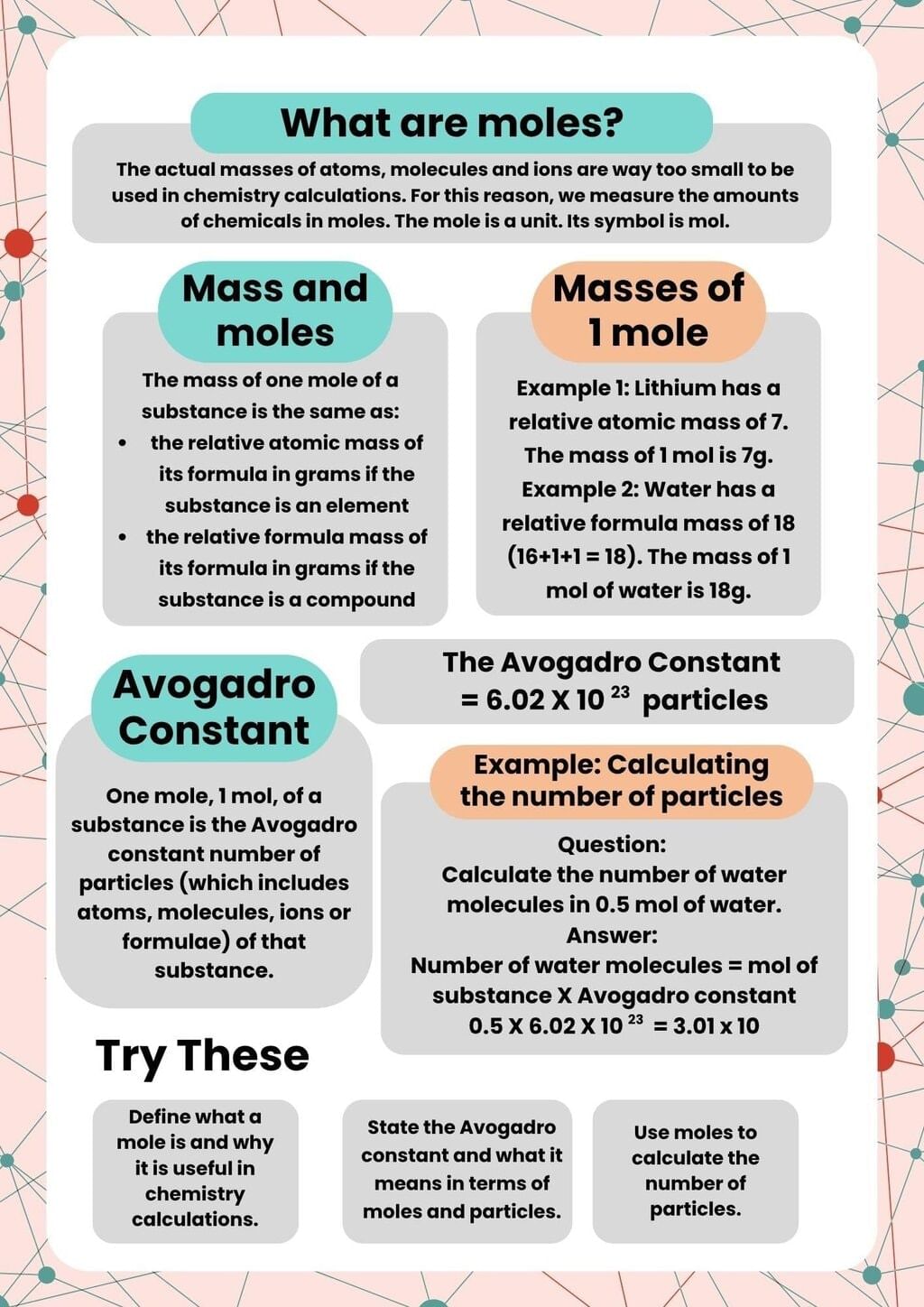NEET Exam > NEET Notes > Chemistry Class 11 > Infographic: Some Basic Concepts Of Chemistry
Infographic: Some Basic Concepts Of Chemistry | Chemistry Class 11 - NEET PDF Download

The document Infographic: Some Basic Concepts Of Chemistry | Chemistry Class 11 - NEET is a part of the NEET Course Chemistry Class 11.
All you need of NEET at this link: NEET
|
114 videos|263 docs|74 tests
|
FAQs on Infographic: Some Basic Concepts Of Chemistry - Chemistry Class 11 - NEET
| 1. What are the different states of matter and how do they differ? |  |
Ans. The three primary states of matter are solid, liquid, and gas. In solids, particles are closely packed in a fixed arrangement, which gives them a definite shape and volume. In liquids, particles are still close together but can move past one another, allowing liquids to take the shape of their container while maintaining a definite volume. In gases, particles are far apart and move freely, resulting in no definite shape or volume, as gases expand to fill their container.
| 2. What is the significance of the periodic table in chemistry? |  |
Ans. The periodic table organizes all known elements based on their atomic number, electron configuration, and recurring chemical properties. It helps predict the characteristics of elements, understand their relationships, and facilitate the study of chemical reactions. The arrangement highlights trends such as electronegativity, ionization energy, and atomic radius, making it a fundamental tool for chemists.
| 3. What are acids and bases, and how are they defined? |  |
Ans. Acids are substances that donate protons (H⁺ ions) in an aqueous solution, while bases are substances that accept protons or donate hydroxide ions (OH⁻). The pH scale measures the acidity or basicity of a solution, with values less than 7 indicating acidity, 7 being neutral, and greater than 7 indicating basicity. This classification helps in various chemical reactions and applications, including titrations and buffer solutions.
| 4. How does the law of conservation of mass apply to chemical reactions? |  |
Ans. The law of conservation of mass states that mass is neither created nor destroyed in a chemical reaction. This means that the total mass of reactants equals the total mass of products. During a reaction, atoms are rearranged to form new substances, but the number of each type of atom remains constant, which is crucial for balancing chemical equations and understanding stoichiometry.
| 5. What is the role of catalysts in chemical reactions? |  |
Ans. Catalysts are substances that increase the rate of a chemical reaction without being consumed in the process. They work by lowering the activation energy required for the reaction to occur, allowing it to proceed more quickly. Catalysts are essential in various industrial applications, such as in the production of ammonia through the Haber process, and they also play a significant role in biological reactions, where enzymes act as natural catalysts.
Related Searches
















